Medical Equipment Industry Outlook: Key Growth Trends and Innovations
The medical equipment industry is undergoing a powerful resurgence, fueled by rapid technological progress and a steadily aging global population. Although the COVID-19 pandemic temporarily slowed market momentum, the sector is now bouncing back with increased innovation and a surge in global exports.
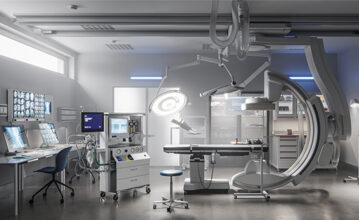
Financing is available for quality hospital, surgical center, or medical manufacturing equipment projects. As direct lenders, we can evaluate any viable project and find a way to finance it. Read More

Tariffs on medical equipment can significantly impact the global market, potentially increasing costs, disrupting supply chains, and impacting access to essential healthcare resources for many. Read More
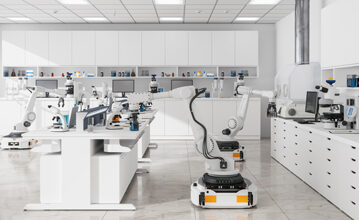
Modern technologies are reshaping the future of medical equipment, enabling more precise, personalized, and efficient care. From Robotics to Diagnostics Equipment, we are seeing some stunning innovation... Read More
We Partner With Banks, Private Capital, and Brokers to Get Good Projects Funded
If you’re a bank or private equity firm, we’d like to invite you to send us the projects you cannot fund internally but want to maintain the client relationship.
Our Top Recommended Medical Equipment Lenders in the U.S.
After evaluating top lending companies, we have determined these to be the strongest contenders based on their reputation and expertise. While they provide funding to all industries, they have exceptional experience in the medical equipment sector. Learn More.
We Refer The BEST - Funding Over $130M in Q1 2025
Medical
$2,500,000
Medical Manufacturing
$4,500,000
Transportation
$4,000,000
Medical Software
$1,400,000
Mobile MRI
$650,000
Radiology Equipment
$820,000
Medical Testing Lab
$5,000,000
Construction
$6,000,000
Transportation
$3,000,000
Agriculture
$1,340,000
Transportation
525,000
Consumer Goods
$1,500,000
Power Generation
$400,000
Oil & Gas
$400,000
Construction
$3,000,000
Software and FF&E
$1,500,000
Medical Software
$2,200,000
Oil & Gas
$2,700,000
Manufacturing
$1,000,000
Transportation
$3,500,000
Global Market Expansion
The global medical equipment market is on a strong upward trajectory. It is expected to grow at a compound annual growth rate (CAGR) of 6.3% from 2024 through 2032, eventually reaching an estimated $886 billion in market size.
- The United States leads the charge in this stunning growth, accounting for more than 40% of global revenues.
- High-growth categories include cardiovascular, imaging, orthopedic, neurovascular, urological, and diabetes-related equipment, which are seeing an increase in damand due to lifestyle-related health conditions and aging demographics.
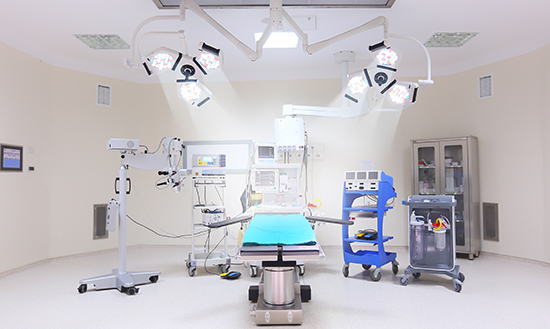
Emerging Technologies Driving Innovation
Modern technologies are reshaping the future of medical devices, enabling more precise, personalized, and efficient care.

Artificial Intelligence (AI)
Revolutionizing diagnostics, surgical assistance, and predictive analytics.
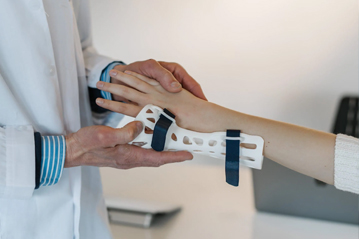
3D Printing
Allowing custom implants and patient-specific devices with faster production times.
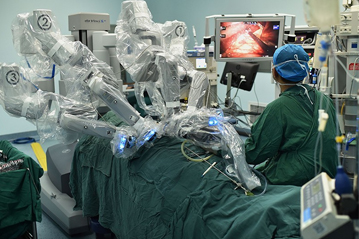
Robotics
Enhancing precision in surgeries and rehabilitation treatments.
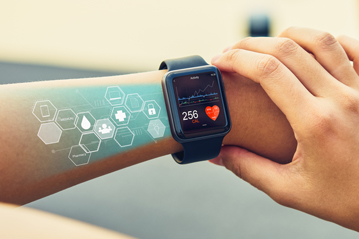
Wearable Health Tech
The wearable medical devices market is forecasted to grow at a CAGR of 25.53% between 2025 and 2030, driven by consumer demand for real-time health tracking.

Internet of Things (IoT)
Smart medical devices connected to cloud systems are projected to grow at a CAGR of 29%, reflecting a surge in demand for remote monitoring and telehealth solutions.
FAQ
What kinds of medical equipment can I finance?
Our lenders fund all kinds of medical equipment, especially larger machines like CT scanners, MRI machines, ventilators, hospital beds, robotic surgery systems, and centrifuges. Check out more frequently financed equipment.
Can I finance used or refurbished medical equipment?
Whatever your needs are, we’ll connect you with a lender that can help. Our top lenders often help medical practices purchase used or refurbished—after all, it doesn’t need to be new to be what you need.
What are the different types of financing available?
We understand that different situations require different types of financing. Our network includes a wide range of lenders who offer different types of financing. Here’s a few of them:
- Capital loans
- Application-only loans
- Asset-only loans
- Equipment leases
- Sale-leasebacks
- Operating leases
Check out our loans page to learn more about different types of financing.
Are there fees for using your service?
We provide this service at no cost to you and no compensation from the lenders. Our mission is to help good projects get funded and ensure companies are able to get the funding they need to grow.
How long will it take to hear back from a lender?
We pass on requests as soon as we get them, and lenders will generally respond to quote requests within one business day.
How does your process work?
Our role is to be the facilitator of good deals. If you are looking to finance medical equipment, let us know so we can connect you to our lenders. Here’s our process:
- You submit a free quote request
- We assess your request and match you with qualified lenders
- A lender will reach out to you and provide a customized offer
- You decide if you want to accept the offer, sign it, and get your funding
It’s as simple as that. Go ahead and try requesting your free quote and find out for yourself just how easy it is.
Who is eligible for financing?
We help all sizes of medical facilities secure financing. This includes large hospitals, private practices, clinics, surgical centers, diagnostic imaging centers, urgent care facilities, research facilities, and more. Not sure you’ll qualify? You can always submit a free quote or contact us.






